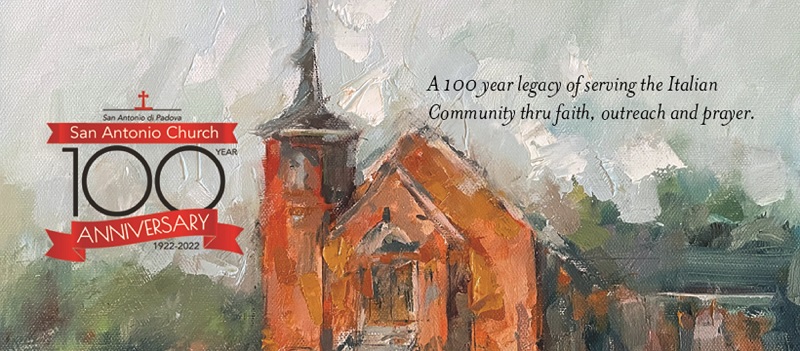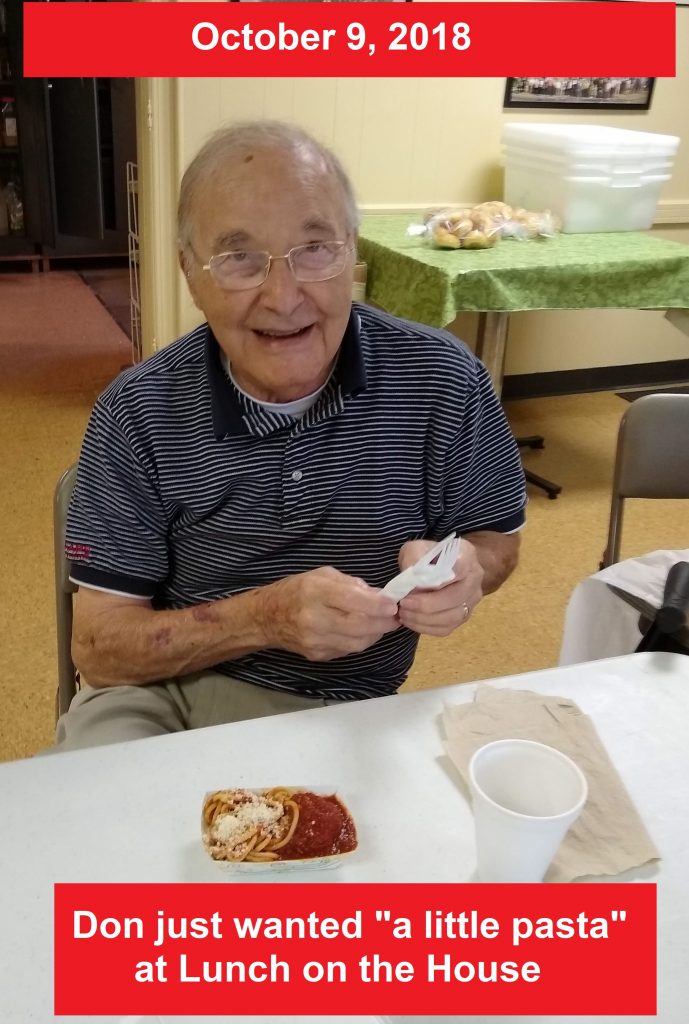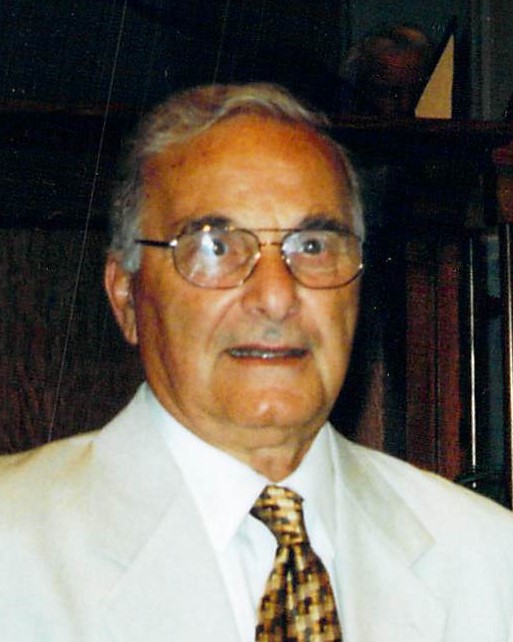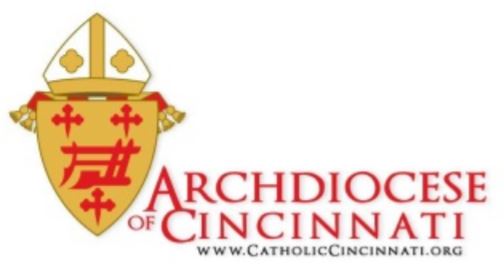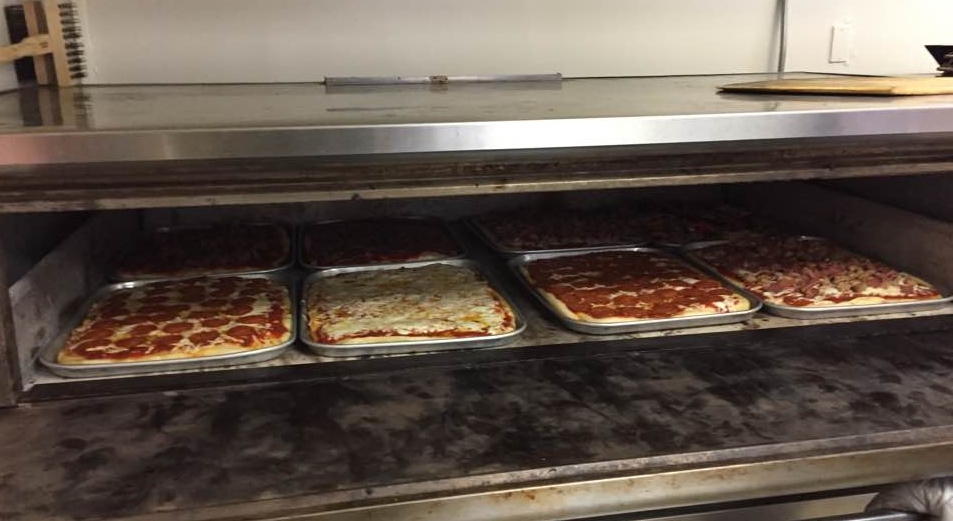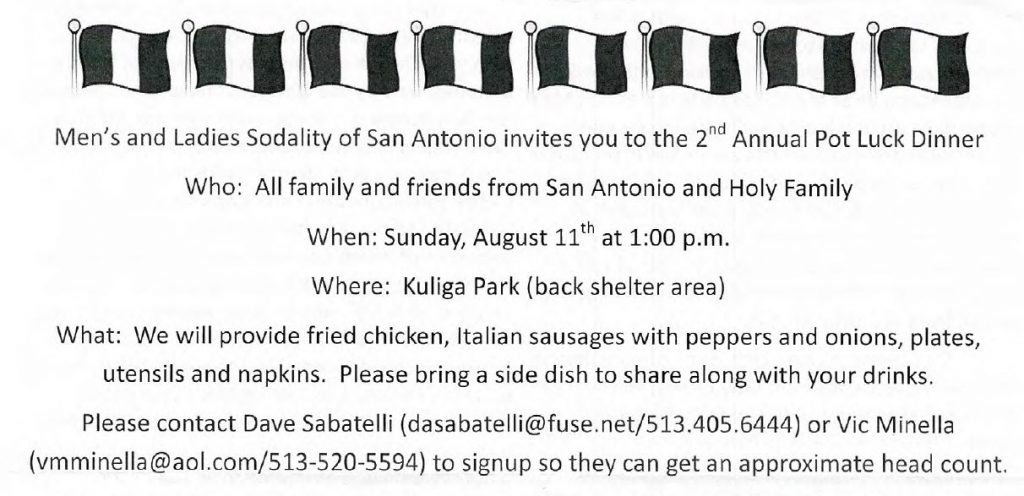Contributed by Terrie Evans
Buona Pasqua! On this Easter Sunday, we commemorate the Resurrection of Jesus from the dead. In the New Testament this was described as having occurred on the third day after His burial and Crucifixion and after the 40-day period of fasting, prayer and penance during Lent. In Western Christianity with the Gregorian Calendar instituted by Pope Gregory XIII in 1582, Easter always falls on a Sunday Between March 22nd and April 25th it states that the Resurrection of Jesus is one of the chief tenets of the Christian Faith and establishes Jesus as The Son of God and that God will righteously judge the world. It shows those who choose to follow Jesus will receive “A new birth into a living hope through the Resurrection of Jesus Christ from the dead”. It states they will be spiritually resurrected with Him so that they may walk in a new way of life and receive eternal salvation to being physically resurrected to also dwell in the Kingdom of Heaven.
In Western Christianity, the Easter Season begins on Easter Sunday and lasts seven weeks, ending on the 50th day (Pentecost Sunday, May 31st). The week which begins on Easter Sunday is referred to as Bright Week during which there is no fasting, even on Wednesday and Friday. In Eastern Christianity, their season of Pascha begins on Easter Sunday and ends on the 40th day on the Feast of the Ascension (May 24th). The Liturgical season of Easter is also linked to the Jewish Passover (April 9-16) by symbolism and its position in the calendar. Those first Christians, Jewish and Gentiles were aware of the Hebrew calendar and the Jewish Christians then timed the observance of Passover to relate to the celebration of the resurrection of Jesus.
In many European languages, the feast is called by the words for Passover and in the older English versions of the Bible, Easter was the term used to translate Passover. Easter is linked to Passover from the Exodus from Egypt that is recorded in the Old Testament and from the Last Supper, the sufferings and the Crucifixion of Jesus that preceded the Resurrection. It is recorded in the New Testament, Jesus giving the Passover Meal a new meaning, as he held the last Supper in the upper room. He was then preparing himself and his disciples for his death with the matzah and cup of wine referring to his body that would be sacrificed and his blood that would be shed. In the early Christian community of Mesopotamia, chicken eggs would be stained red in memory of the blood of Christ that was shed at his Crucifixion and for many Christians, the Easter Egg is a symbol of an empty tomb.
Easter eggs are a popular symbol throughout the world and in Poland and other Slavic countries, a batik-like decorating process, pisanka is used to produce intricate brilliantly colored eggs. From 1885 to 1916, the well-known House of Faberge created exquisite jeweled Easter eggs for the Russian Imperial Family. They were made for the Russian Tsars Alexander III and Nicholas II as Easter gifts for their wives and mothers. There were 69 created with 57 surviving with details and links for more interesting facts on each of the Faberge Eggs Research Site https://fabergeresearch.com/ or Wikipedia article on the eggs at https://en.wikipedia.org/wiki/Faberg%C3%A9_egg .
